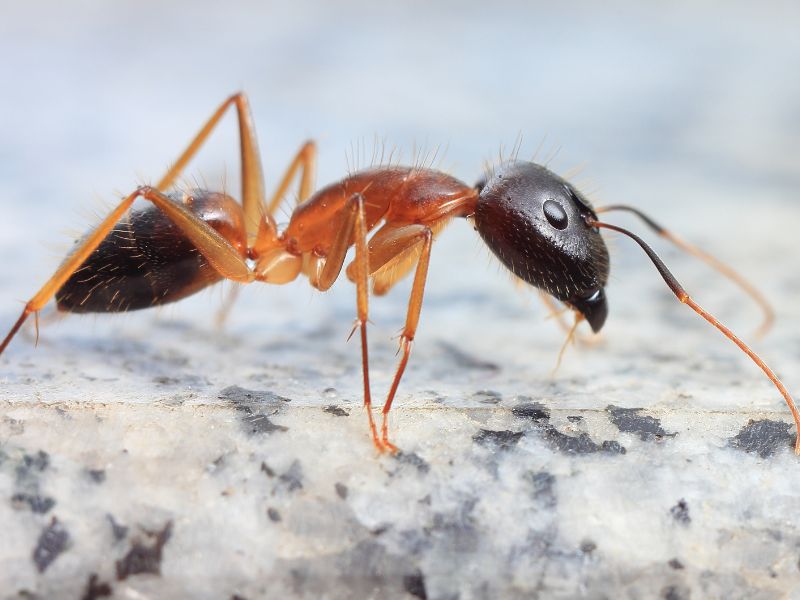Florida Carpenter Ants: Doctors Without a Degree
 |
| Florida Carpenter Ant |
Eusocial insects such as ants, wasps and bees are perceived for their hardworking nature. One can even say that the life purpose of these insects is to serve their queen and look out for their comrades.
Most ant species can secrete antimicrobial agents in their saliva. This antimicrobial is effective to stave off fungal and bacterial infections. When fellow nest mates are injured, these ants possess the ability to screen for infection and treat the wound or severed limbs with their saliva.
However the Florida Carpenter Ants, native to the Southern United States, lost the genetic lottery as well as their ability to produce antimicrobial saliva to evolution. Be that as it may, this species is yet to perish, thanks to their instinctual ability to treat infected wounds like trained doctors.
The centimeter long reddish-brown Carpenter Ants save their injured nest mates by biting off the remainder of an infected limb, thereby effectively amputating it. Other animals such as lizards are also known for their ability to shed a limb or a tail to escape predators. But Erik Frank, the lead scientist in this behavioral study believes that this is the first case of an insect performing amputation.
Initially Frank found it very hard to believe, because it went against the common-sense expectations for an insect. The only other animal species that practice amputation are humans. Frank said that he had to repeat the experiment four times before he could accept it.
To figure out how this species fends for themselves, the team cut the ants' legs at the femur. Then, they exposed the open wound to Pseudomonas aeruginosa, a bacterium commonly found in soil. The team left half of the wounded ants in isolation and returned the rest to their nest.
The ants that were returned to their nest were quickly approached by a couple of their comrades. The comrades were quick to gnaw at the limb, right above the infected femur, effectively amputating it. The scientists recorded that 90% of the ants that were subjected to this 'surgery' survived. In contrast, only 40% of the ants in isolation survived.
In another test, the scientists injured the ants legs, lower down at the tibia. Using a pair of microscissors. Once again, half of the population was returned to their nest, while the other half were left in isolation. For this tibia injury, the nest mates did not bite off any limbs, instead they licked over the wound to remove the bacteria with their tongue.
While 75% of the ants returned to their nest survived, over 90% of the ants left in isolation did not make it.
Frank and his team believe that the difference in treatment strategies employed by the comrade ants lies in the insects' physiology. High-resolution microscopy revealed that Florida ants have a lot of muscles in their femur that could impede hemolymph - the insect version of blood - thereby delaying the entry of bacteria into the body. As a result, the ants have the time required to amputate a limb. The tibia in contrast has fewer muscles to hinder hemolymph, so the tibia injuries had to be treated quickly.
To find out the effectiveness of an amputation, the team analyzed the injured and treated ants' DNA samples, the test revealed that amputation did indeed stop the infectious agents from entering the body. When Frank's team amputated the ants' leg after a tibia injury, it was not as effective at stopping infection as those following femur wounds. Frank and his team speculated that the ants instinctively knew that an amputation following a tibia injury would not improve the species' survival chances.
This study is proof that just like their hierarchical social structure, amputation is another sophisticated behavior ants have in common with humans. The ants aren't just soldiers working for their queen, they are a community that constantly looks out for one another.
Reference
Basilio H., Ants May be the Only Animal That Performs Surgical Amputations [Internet], 2024.
Image Credits
https://www.empirepestcontrols.com/wp-content/uploads/2023/03/florida-carpenter-ants-fort-myers-fl.jpg

Comments
Post a Comment